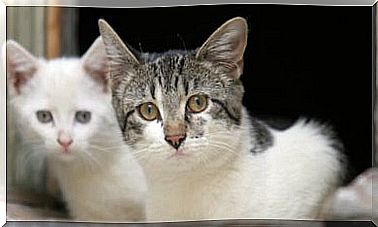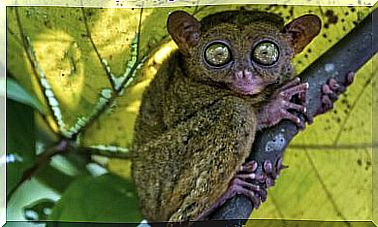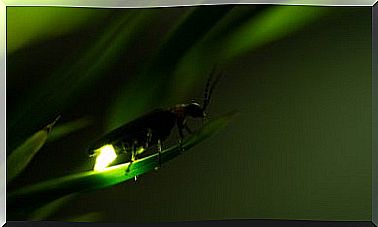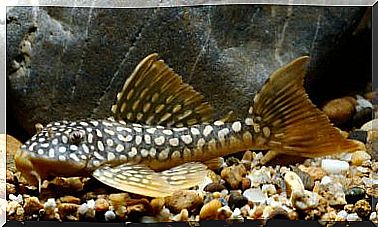Zoos Today: Do We Know What They Are And How They Work?

The concept of a zoo open to the public was introduced by the Zoological Society of London in the mid-1880s. The idea of displaying wild animals to the public in a garden setting was so attractive that it began to be distributed around the world.
This new model of leisure fit perfectly with the social context of the time, where the middle class increasingly had more time for entertainment. Anyway, do you know if zoos today maintain this same intention of just entertaining?
In the 19th century, zoo visitors viewed animals as mere extravagances of nature. Today, we recognize them as representatives of a rich and complex biological diversity. For this reason, throughout the 20th century the interest of keeping wild animals in captivity began to be questioned.
Zoos today, in line with conservation ideas
The growing social awareness about environmental problems or the loss of biodiversity have completely changed the existence of zoos. The 21st century has brought with it new reasons for zoos to be allies for the conservation of biodiversity.
If we hope to protect biological diversity, more and more conservation actions will be necessary. Zoos play an important role in the global conservation strategy for the following reasons:
- First, they must actively support the conservation of endangered animal species and their ecosystems. For example, by establishing gene banks.
- Second, they should contribute to educating the public and raising awareness about the importance of conservation.
- Finally, they must promote the development of research programs that lead to the conservation of species and their ecosystems.

The social debate about zoos
Both defenders and detractors of zoos have long sought a solution to the ethical dilemma they create. On the one hand, species conservation requires the establishment of self-sufficient captive populations — zoos.
On the other side of the coin, there is the conflict with the needs of the wild animal, whose well-being can be affected by captivity. The conclusion of the debate should be: “zoos yes, but better, modern and managed with conservationist intentions, never profit”.
Having existed for so many years as mere exhibition parks, today’s zoos must be profoundly transformed. This change must be made by planning what the animal collection will contain and adapting the facilities to their well-being.
On the other hand, it is also necessary to improve the handling techniques used, training the personnel in charge of handling the animals. In short, to adapt to new demands, zoos must be renewed, rearranging their interests and priorities.
What does the industry itself think about the conservation mission of zoos today?
Zoo associations have been seeking their own definition of a zoo, trying to evolve as circumstances did. The inclusion of these other facets of activity beyond recreation have been and are promoted by the sector itself.
In fact, the current World Zoo Conservation Strategy reflects WAZA’s vision on the importance of species conservation. The renovation process is slow, but continuous.
Are all zoological centers zoological parks?
Any establishment or facility that houses, maintains, raises or sells animals is considered a zoological nucleus . This concept was created with the intention of complying with the regulations for the protection and hygiene of animals. Thus, those establishments that want to carry out the aforementioned activities must meet a series of requirements.
The truth is that shelters, clinics, residences, kennels, training centers and pet shops can be zoological centers, but also horse riding centers, riding stables, wildlife recovery centers, zoos and reserves.
Therefore, when there was no specific legislation, zoos only had to meet the requirements of zoos. On the other hand, zoos today have become so important that they have their own definition and specifications.
The concept of zoos today: what does it intend to include?
Today, the zoo concept includes a wide range of facilities:
- The zoological parks to use: are the establishments open to the public that house a representative zoological collection. They are properly equipped from an ecological point of view and their purposes are cultural, exhibition and recreational, but also scientific and conservation.
- Zoo safaris: an exceptional way of presenting captive animals living in semi-freedom. These centers allow the public to visit by private motor vehicles. In them, special attention is paid to the preservation of the vegetation and the environment that houses the animals.
- Aquariums: which would be the equivalent of zoos, but for fish, mammals and marine invertebrates.

As we can see, all of them encompass the requirements of protection and conservation. Therefore, if you intend to visit a center where animals are exhibited, make sure that it meets the above requirements.









